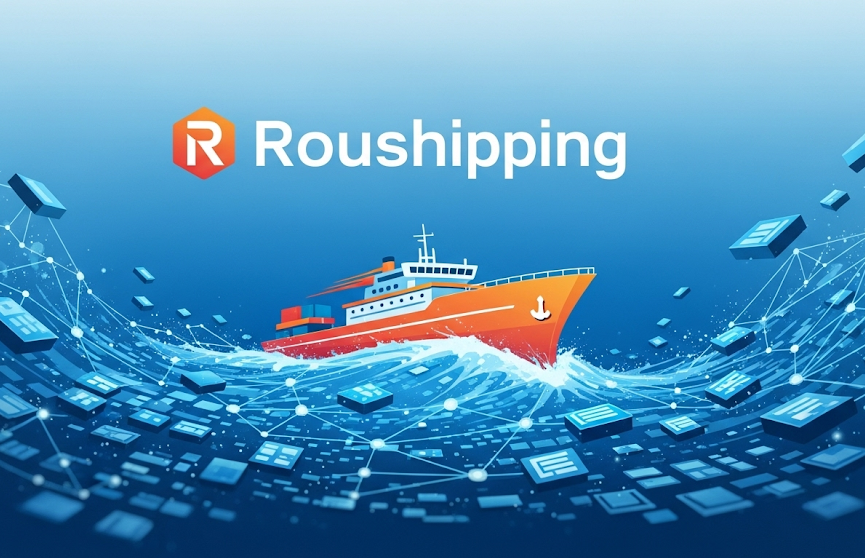Introduction to Roushipping
Roushipping is a term that has gained traction in various industries, particularly in logistics, e-commerce, and supply chain management. It refers to a specialized shipping method designed to optimize efficiency, reduce costs, and enhance delivery reliability. Whether you’re a business owner, a logistics professional, or a consumer, understanding Roushipping can help you make informed decisions about shipping strategies.
This article provides an in-depth exploration of Roushipping, covering its definition, benefits, challenges, and best practices. By the end, you’ll have a clear understanding of how Roushipping works and how it can be leveraged for better shipping solutions.
What Is Roushipping?
Roushipping is a logistics approach that focuses on streamlining the shipping process by integrating advanced technology, optimized routing, and cost-effective transportation methods. Unlike traditional shipping, which may rely on fixed routes and standard carriers, Roushipping employs dynamic strategies to ensure faster, more reliable deliveries.
Key Characteristics of Roushipping
-
Dynamic Routing: Uses real-time data to adjust delivery routes for efficiency.
-
Cost Efficiency: Reduces unnecessary expenses through optimized logistics.
-
Technology Integration: Leverages AI, GPS tracking, and automation for better shipment management.
-
Scalability: Adapts to varying shipment volumes without compromising performance.
How Roushipping Works
Roushipping operates through a structured process that ensures seamless delivery from origin to destination. Below is a breakdown of its workflow:
1. Order Processing & Consolidation
-
Orders are received and consolidated to minimize multiple shipments.
-
Advanced software groups shipments based on destination, weight, and delivery timelines.
2. Route Optimization
-
AI-powered algorithms analyze traffic, weather, and delivery windows to determine the best routes.
-
Adjustments are made in real-time to avoid delays.
3. Carrier Selection & Load Balancing
-
The system selects the most cost-effective carriers (road, air, or sea).
-
Load balancing ensures vehicles are used at optimal capacity.
4. Tracking & Delivery
-
Last-mile delivery solutions ensure prompt final distribution.
Benefits of Roushipping
Roushipping offers numerous advantages for businesses and consumers alike.
1. Reduced Shipping Costs
-
By optimizing routes and consolidating shipments, businesses save on fuel and labor costs.
2. Faster Deliveries
-
Dynamic routing minimizes delays, ensuring products reach customers quicker.
3. Enhanced Transparency
-
Real-time tracking provides visibility into shipment status, improving customer trust.
4. Environmental Sustainability
-
Efficient routing reduces carbon emissions by minimizing unnecessary travel.
5. Improved Customer Satisfaction
-
Reliable and fast deliveries lead to higher customer retention and positive reviews.
Challenges of Roushipping
While Roushipping offers many benefits, it also comes with certain challenges that businesses must address:
1. High Initial Setup Costs
-
Implementing AI and automation tools requires significant investment.
2. Dependency on Technology
-
System failures or cyber threats can disrupt operations.
3. Complex Logistics Management
-
Requires skilled personnel to manage dynamic routing and carrier coordination.
4. Regulatory Compliance
-
Different regions have varying shipping laws that must be adhered to.
Best Practices for Implementing Rouship
To maximize the benefits of Rouship, businesses should follow these best practices:
1. Invest in Advanced Logistics Software
-
Use AI-driven tools for route optimization and shipment tracking.
2. Train Staff on New Systems
-
Ensure employees understand how to use Rouship technologies effectively.
Future Trends in Rouship
The future of Rouship looks promising, with emerging technologies shaping its evolution:
1. Autonomous Delivery Vehicles
-
Drones and self-driving trucks may revolutionize last-mile deliveries.
2. Blockchain for Secure Logistics
-
Enhances transparency and reduces fraud in shipping documentation.
3. AI-Powered Predictive Analytics
-
Forecasts demand and adjusts shipping strategies proactively.
4. Green Shipping Initiatives
-
Increased focus on eco-friendly packaging and electric delivery fleets.
Conclusion
Rouship represents a transformative approach to logistics, offering cost savings, efficiency, and improved customer satisfaction. While challenges exist, businesses that invest in the right technology and strategies can gain a competitive edge in the fast-paced world of shipping and supply chain management.
By staying updated on trends and continuously refining processes, companies can harness the full potential of Rouship to meet the growing demands of modern commerce.
